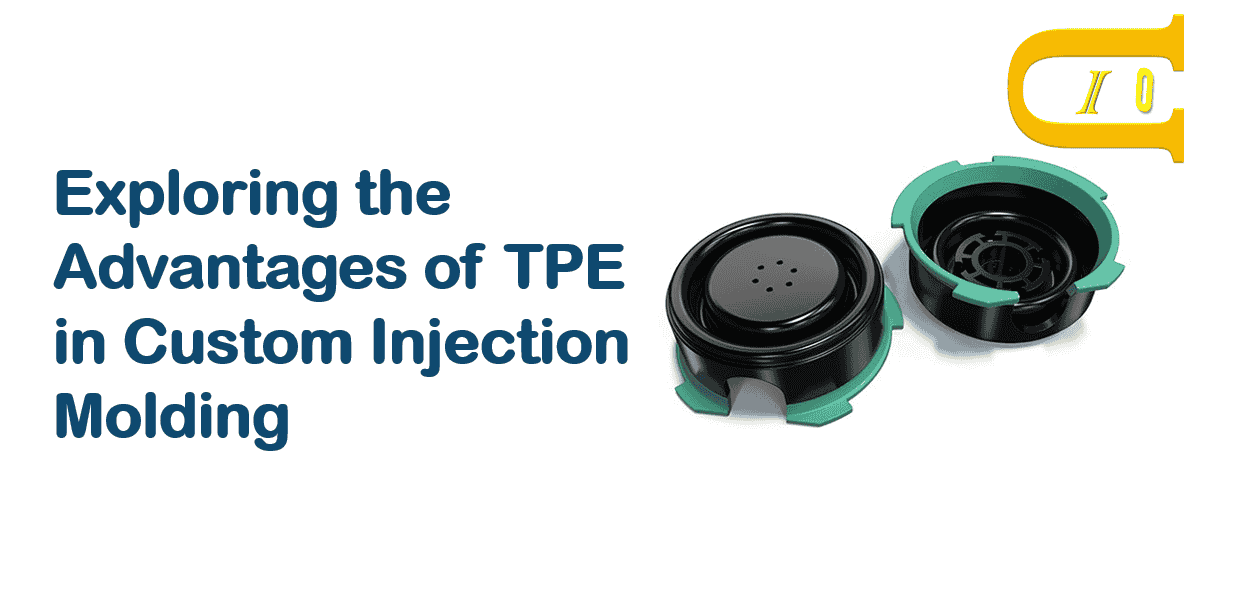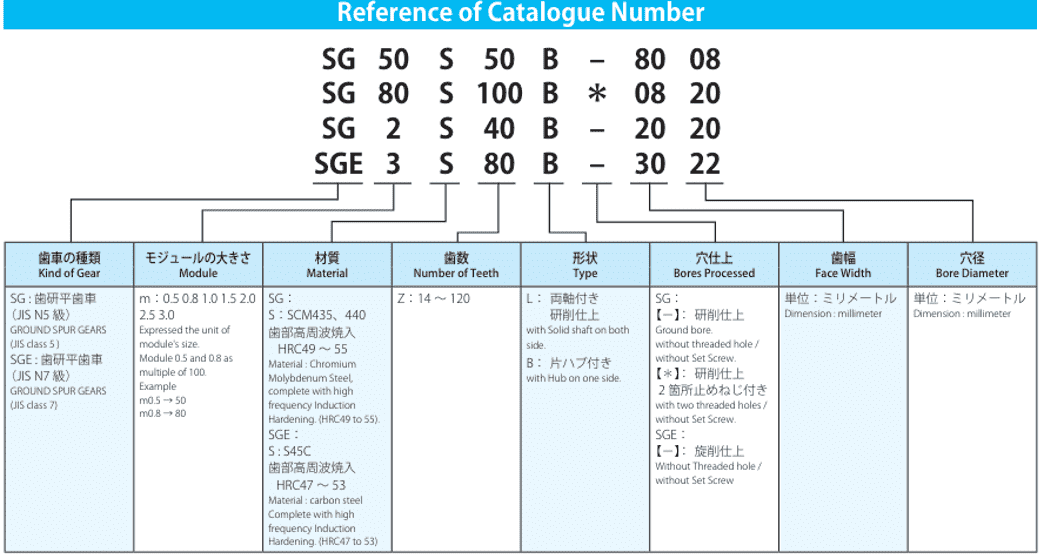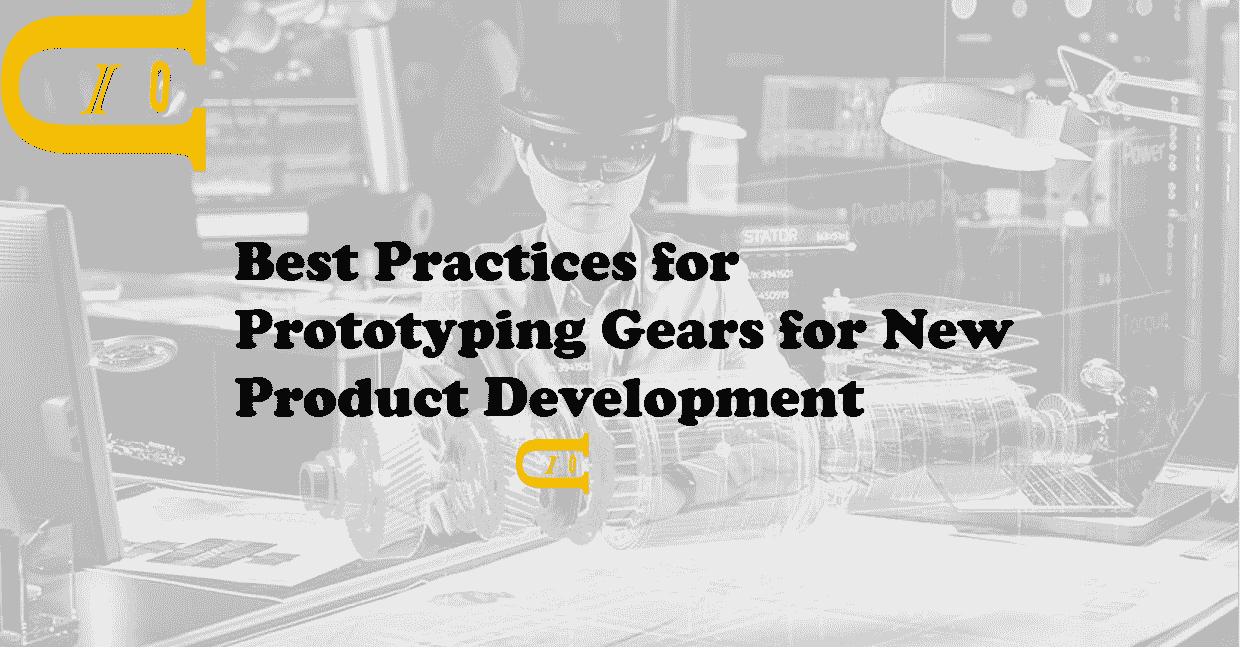Exploring the Advantages of TPE in Custom Injection Molding

Exploring the Advantages of TPE in Custom Injection Molding
Thermoplastic elastomers (TPE) have gained significant popularity in the world of custom injection molding. Offering a combination of the flexibility and elasticity of rubber with the processing advantages of thermoplastics, TPE materials are transforming the manufacturing landscape across various industries. TPE molding is particularly beneficial for producing products that require durability, flexibility, and a high degree of customization. In this article, we explore the many TPE molding advantages and how thermoplastic elastomer molding can benefit businesses seeking cost-effective, versatile, and high-performance solutions.
Table of Contents
What is TPE Molding?
TPE molding refers to the process of using thermoplastic elastomers to create parts and components through injection molding. TPE is a type of polymer material that has both thermoplastic and elastomeric properties. This means that TPE can be melted and molded when heated, like thermoplastics, but it also possesses the flexibility, stretchability, and resilience of rubbers. The injection molding process involves injecting melted TPE into a mold, where it cools and solidifies into the desired shape.
The appeal of thermoplastic elastomer molding lies in the fact that it offers the best of both worlds: the molding and reprocessing advantages of thermoplastics combined with the performance characteristics of rubber. This makes TPE an ideal material for a wide range of applications, from automotive components to medical devices, consumer goods, and electronics.
Key Advantages of TPE Molding
1. Versatility in Design and Customization
One of the most significant TPE molding advantages is its versatility in design. TPE can be formulated to achieve specific physical properties, such as varying levels of hardness, elasticity, and tensile strength. This makes TPE suitable for applications across diverse industries, each requiring different performance characteristics.
Additionally, the custom injection molding process allows manufacturers to create intricate, complex shapes with a high degree of accuracy. TPE's ability to be molded into various forms, from soft and flexible to rigid and durable, gives engineers and designers the freedom to create custom solutions tailored to specific requirements.
2. Cost-Effective Production
The TPE molding process is highly cost-effective, particularly for high-volume production runs. TPE materials are relatively inexpensive compared to other elastomeric materials, such as thermosetting rubbers, making them an attractive option for manufacturers seeking to keep costs down.
Thermoplastic elastomer molding also offers reduced cycle times when compared to traditional rubber molding. This faster production process leads to lower labor costs and increased output. Furthermore, because TPE can be processed using standard thermoplastic injection molding machines, the need for specialized equipment is minimized, making it more accessible for manufacturers.
3. Recyclability and Environmental Benefits
Another key advantage of TPE molding is that thermoplastic elastomers are recyclable. This makes TPE a more environmentally friendly option compared to other materials like thermoset rubbers, which cannot be reprocessed once molded. The recyclability of TPE reduces waste and supports sustainability efforts by minimizing the environmental impact of the production process.
TPE parts can be reground and reused, making it a material of choice for manufacturers who prioritize eco-friendly practices. The ability to recycle TPE helps businesses reduce material costs while contributing to a more sustainable and responsible manufacturing process.
4. Superior Durability and Performance
TPE materials offer excellent durability, resilience, and resistance to wear, making them suitable for high-stress applications. TPE molded parts can withstand extreme temperatures, UV exposure, and chemicals, making them ideal for use in industries such as automotive, medical, and electronics.
For instance, in the automotive industry, TPE is often used for seals, gaskets, and vibration dampeners. These parts require excellent flexibility and durability to function effectively under harsh conditions. TPE’s ability to retain its shape and perform reliably over time makes it an excellent choice for such demanding applications.
5. Enhanced Safety and Comfort
One of the standout features of TPE is its flexibility and soft-touch properties. This makes it an ideal material for parts that require a comfortable and ergonomic design, such as handles, grips, and overmolds for tools and appliances. The soft and rubber-like qualities of TPE help improve the safety and comfort of the end product, providing an ergonomic user experience.
In medical devices, TPE’s non-toxic and biocompatible nature is a significant advantage. Many medical products, such as catheters, seals, and gaskets, require materials that will not cause harm to patients. TPE’s ability to be formulated for specific medical-grade applications ensures that these products are safe for use in sensitive environments.
6. Design Freedom with Multi-Material Molding
Thermoplastic elastomer molding also allows for multi-material molding, enabling manufacturers to combine TPE with other materials to achieve enhanced performance properties. For example, TPE can be overmolded onto hard plastic substrates to create products with soft-touch surfaces, seals, or gaskets that offer both flexibility and strength. This technique is often used in automotive interiors, consumer electronics, and medical applications.
Multi-material molding opens up even more possibilities for product design, offering a way to combine the best features of different materials into one seamless, high-performance part.
7. Ease of Processing and Manufacturing
Unlike thermoset rubbers, which require a curing process, TPE can be processed and molded using traditional injection molding techniques. This ease of processing reduces the need for specialized equipment and minimizes the complexity of the manufacturing process. As a result, manufacturers can achieve higher production efficiency and maintain greater consistency in part quality.
TPE molding is also faster, reducing overall cycle times and enabling rapid prototyping and shorter lead times for new products.
Conclusion
The advantages of TPE molding are clear: from its versatility in design and cost-effective production to its recyclability and superior durability, TPE is an ideal material for custom injection molding. Manufacturers across industries can leverage the unique properties of thermoplastic elastomers to create high-performance, customizable parts that meet the specific needs of their applications.
Whether you are looking to develop automotive components, medical devices, or consumer products, thermoplastic elastomer molding offers an efficient and sustainable solution. By choosing TPE for your injection molding needs, you can ensure that your products are durable, cost-effective, and tailored to the highest standards of performance.
Related Products
Here are some relevant stats and facts that can support the TPE molding article:
1. Market Growth of Thermoplastic Elastomers
- The global thermoplastic elastomer market was valued at approximately USD 24.57 billion in 2022 and is expected to expand at a CAGR of 6.2% from 2023 to 2030. This growth highlights the increasing adoption of TPE in industries such as automotive, healthcare, and consumer goods.
(Source: Grand View Research)
2. Recyclability and Sustainability of TPE
- TPE materials are 100% recyclable, unlike thermoset elastomers, which cannot be reused. This reduces waste and environmental impact, contributing to sustainable manufacturing practices.
(Source: American Chemistry Council)
3. Performance and Durability of TPE
- TPE exhibits outstanding resistance to weathering, UV radiation, and extreme temperatures. It can withstand temperatures ranging from -40°C to 120°C without losing its properties. This makes it ideal for use in demanding environments such as automotive and outdoor applications.
(Source: TPE manufacturer specifications)
4. Cost-Efficiency of TPE Molding
- The cost of manufacturing with TPE is approximately 20%-30% lower compared to traditional thermoset rubbers, primarily due to the faster cycle times and lower production costs.
(Source: Plastics Today)
5. Automotive Industry Adoption
- In the automotive industry, TPE is increasingly used in parts like seals, gaskets, and interior trim components. The global automotive TPE market was valued at over USD 5.8 billion in 2021 and is projected to grow significantly as automakers focus on reducing weight and improving fuel efficiency.
(Source: Markets and Markets)
6. Medical Device Applications
- TPE materials are FDA-approved for medical applications, making them suitable for use in devices such as catheters, seals, and drug delivery systems. The global market for medical-grade thermoplastic elastomers was valued at USD 2.47 billion in 2022 and is expected to reach USD 3.85 billion by 2029.
(Source: Research and Markets)
7. Injection Molding Cycle Time
- TPE injection molding is faster than thermoset molding, with cycle times reduced by up to 30-50%, leading to higher productivity and faster time-to-market for manufacturers.
(Source: Injection Molding Industry Reports)




